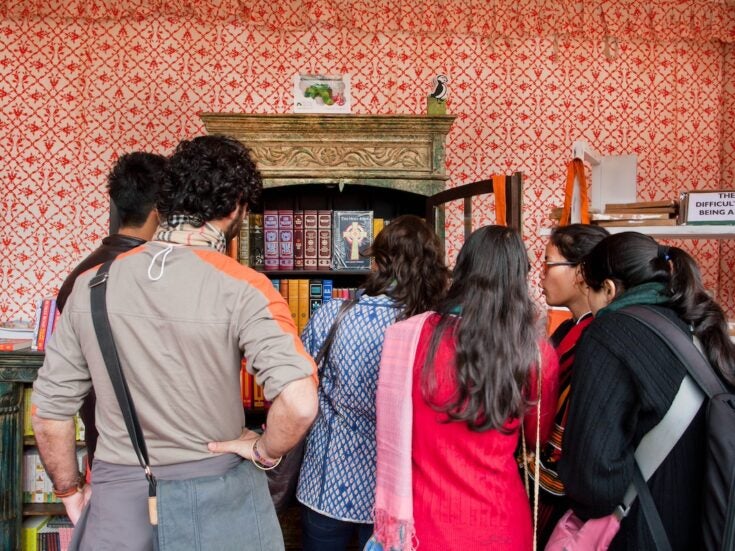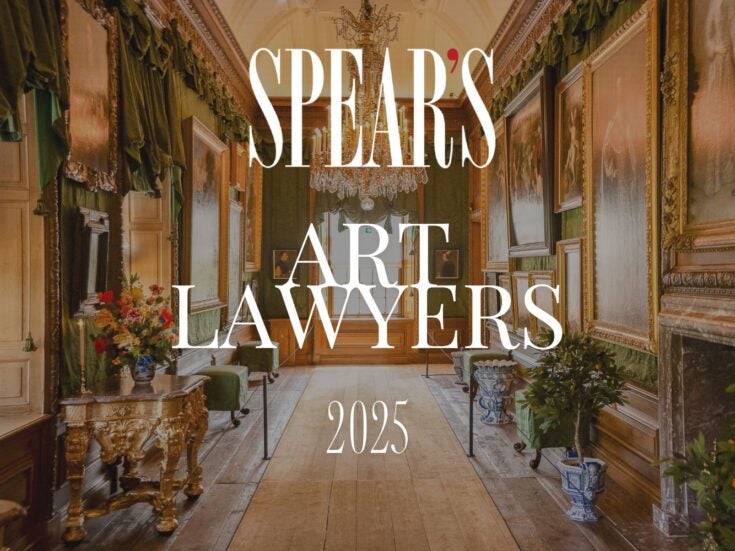
London in the Eighteenth Century: A Great and Monstrous Thing
Jerry White, Bodley Head
704pp
Review by Mark Le Fanu
Buy London in the Eighteenth Century from the Spear’s Book Store
LONDON’S DYNAMISM IS perennial: we think of the amazing building boom that has changed the face of the City over the past twenty years, but really there is nothing new here. The massive reconfiguration of the metropolis that followed in the wake of the Great Fire in 1666 continued in different forms throughout the following century, as Jerry White illuminates in his superb new study of the epoch, the third volume in a hugely ambitious project (the 19th and 20th centuries have already been covered).
Professor White deals first of all with the physical lie of the land. In 1700 there was only one bridge crossing the river (ancient London Bridge). The construction of new connections to Southwark at Westminster (1747) and at Blackfriars (1769) finally brought south and north together in a vigorous way. At the same time, a bold new thoroughfare driving east from the top of Marylebone towards Islington (where the Euston Road runs today) provided clear northern boundaries, linking the grand new residential estates on either side of Oxford Street to the thriving commercial hub of the City — still proudly independent, of course, and jealous of its ancient mercantile privileges.
The general building trend was westwards, from Piccadilly: this was a period when already rich aristocrats stood to become vastly richer by shrewdly negotiated land deals. Major players here were the dukes of Manchester, Westminster, Portland and Bedford. Swathes of London stretching from Belgravia through Mayfair to Marylebone and Bloomsbury are still under the ownership of their descendants.
Fortunately these magnates built well: 18th-century London was visually beautiful. After the florid, baroque genius of Wren, Vanburgh and Hawksmoor in the early part of the century, the newly developing London squares from the 1730s onwards settled for a Palladianism that has weathered remarkably well. Here the new architectural geniuses leading the trend tended to be Scots. White opens his book with fascinating pages on their lives and works.

Yet the text that follows is not exclusively, or even principally, about architecture. The author aims to give a complete picture of the times, so we have chapters on Grub Street, on the theatre, on painters (Hogarth and Rowlandson — peerless observers), on prostitutes, on the lives of the poor, on pleasure gardens, on crime and punishment, and on popular agitation. The great figures of the age — Pope, Johnson, Boswell, Garrick, Burke, Fox, Wilkes, Fielding, etc — weave their way in and out of the narrative. Somehow White makes it all fresh and entrancing through his storytelling talent and marvellous eye for detail and quotation.
Did any of us know, for example, that the gin craze lasted a specific length of time and no longer? (From 1723 to 1759: after this there was a reversion to beer). And it is interesting to find out that the Whig politician and bon viveur Charles James Fox left gambling debts of £130,000 (equal to £30 million in today’s currency).
Gambling, we know, was the vice of the age: an aristocrat would bet on anything — especially upon novelties. From the betting book at Brooks’s Club: ‘Ld. Cholmondeley has given two guineas to Lord Derby to receive 500 guineas whenever his lordship fucks a woman in a balloon one thousand yards from the Earth.’ An age, indeed, of vivid and exuberant fantasy!
But also, notoriously, an age of violence and poverty. As the state’s ultimate resort, capital punishment was omnipresent in ways that are perhaps incomprehensible to our modern mentality. There were ten hanging days a year, each one a public holiday. On one day in 1742, nineteen poor wretches, women and young people included, were consigned to oblivion — mainly for crimes against property.
Meanwhile, the eruption of the mob was an ever-present anxiety for the rich and for what White quaintly calls the ‘middling sorts’. The 18th century witnessed some of the worst civil disturbances on record. From the start, such agitations took a personal turn, singling out the households of hated members of the bourgeoisie for punishment.
White’s book is lengthy but never seems so. Partly this is because it is written so elegantly, but also because it is such a nice object to hold in one’s hand. In an age of falling production standards, Bodley Head has done its author proud: a clear, decent-sized font, good binding (including an old-fashioned page ribbon), nicely chosen illustrations and — best of all — not a single typo that I spotted.
Buy London in the Eighteenth Century from the Spear’s Book Store







